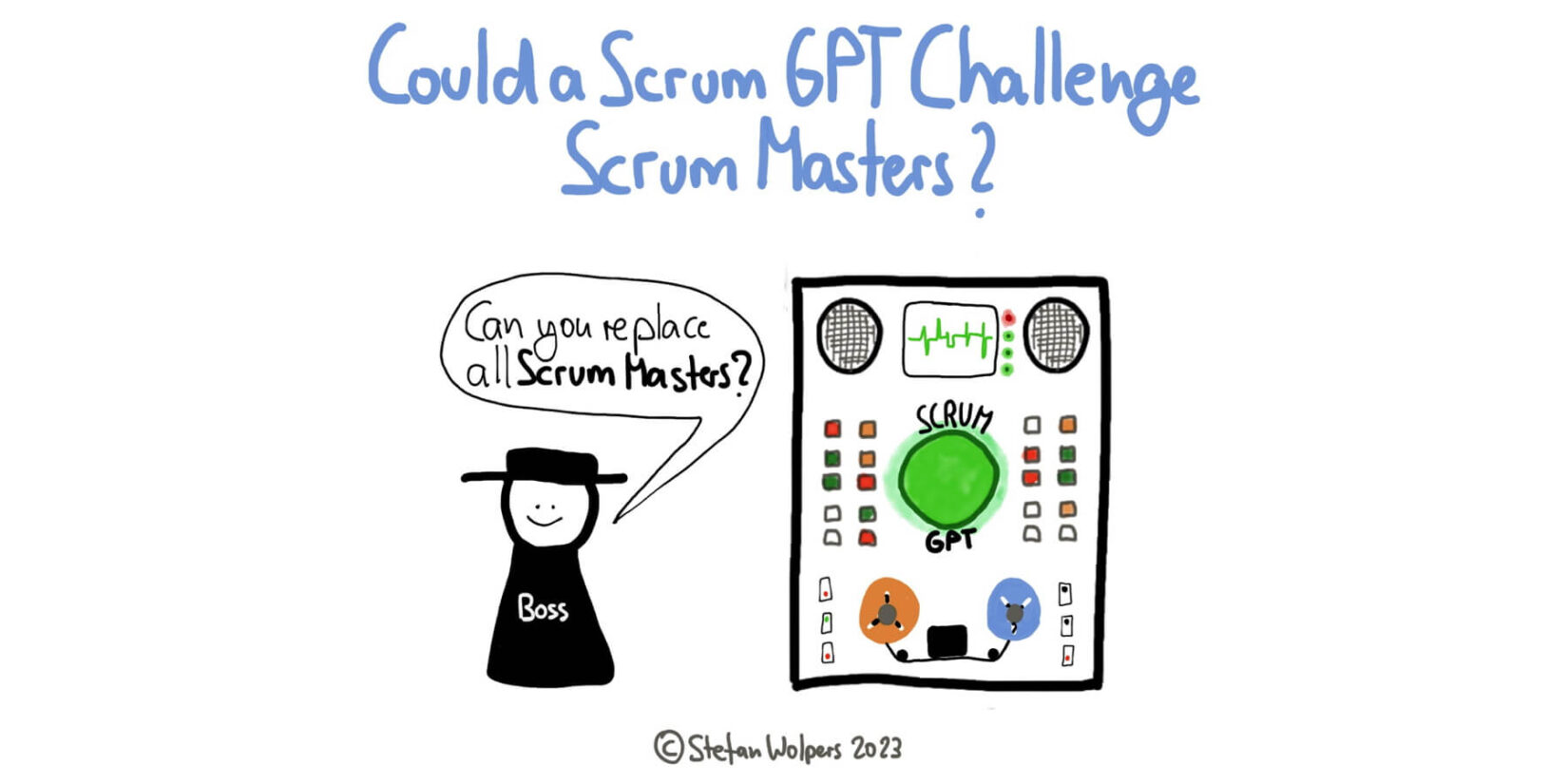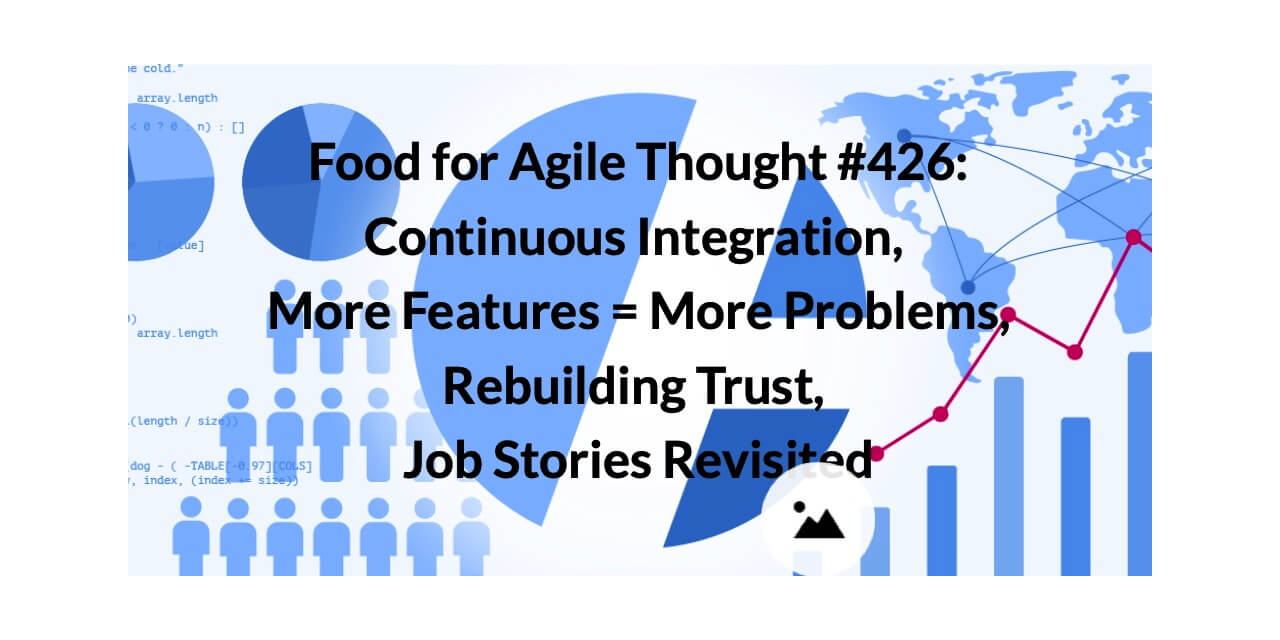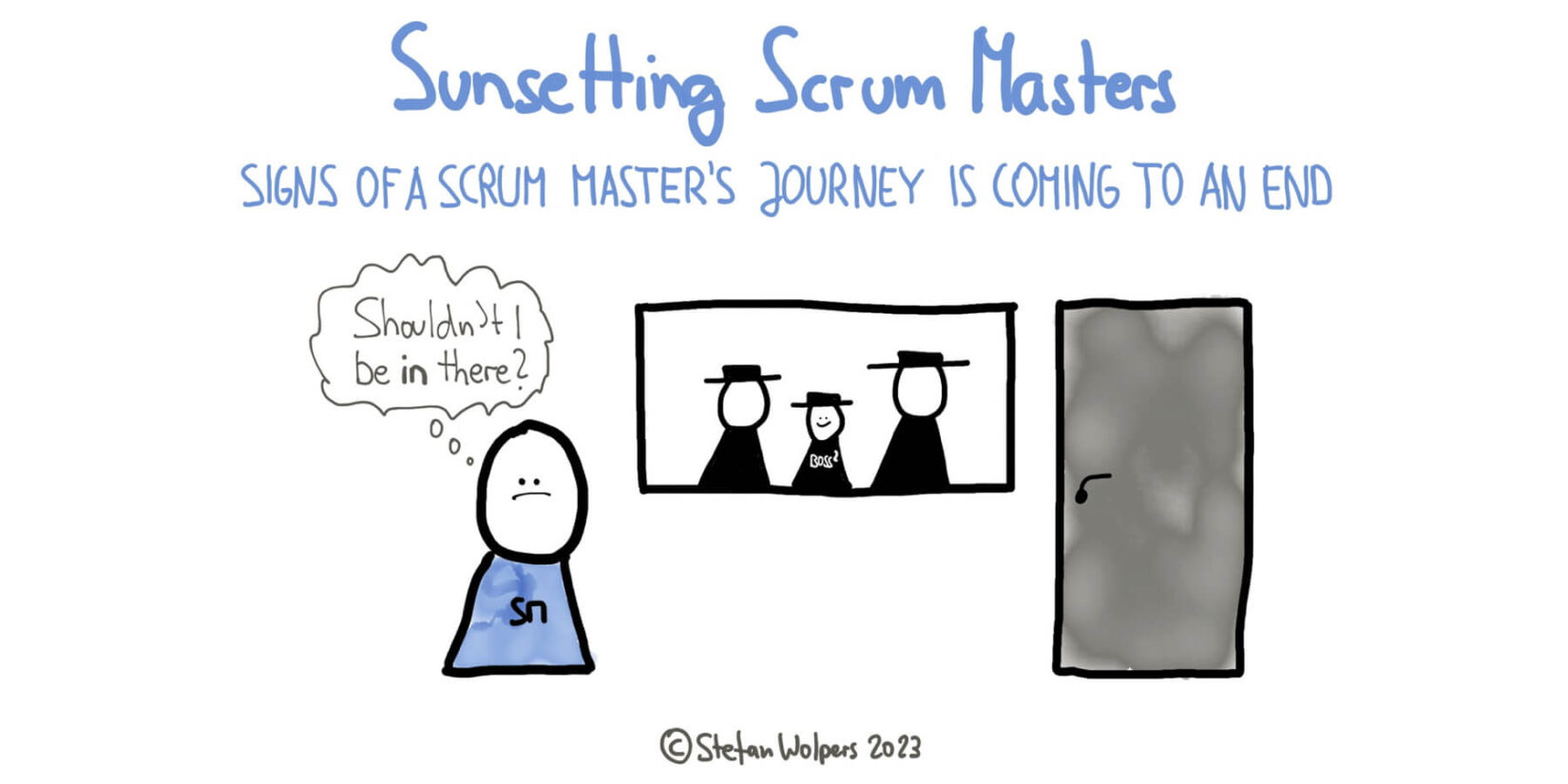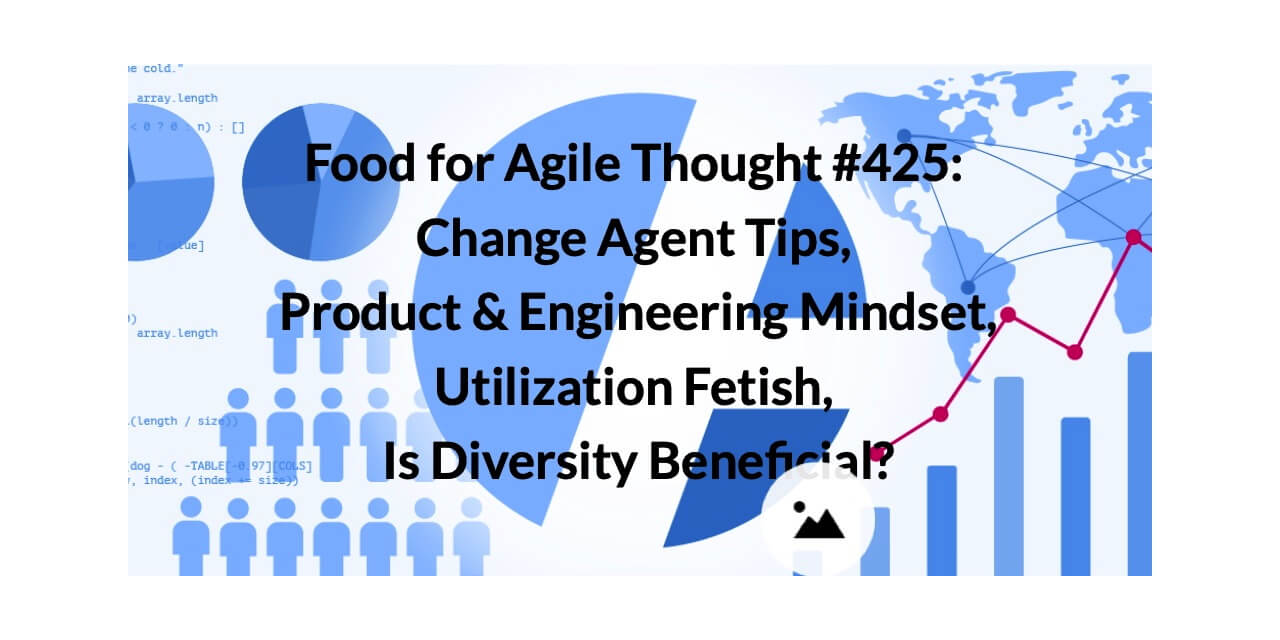TL; DR: The Rise of the Scrum GPT
Fewer Jobs for Scrum Masters, and now we see the universal Scrum GPT entering the competition: Will Scrum Masters change from essential practitioners to a niche role?
The job market is currently challenging for many agile practitioners, particularly Scrum Masters. Many are looking for new opportunities, while an increasing number of organizations consider the benefits they contribute to a team’s overall success. This is not just reflected in fewer job offerings for Scrum Masters; we also observe the demand for training significantly reduced.
To make the situation worse, AI has improved significantly over the last 12 months, too. Back in November 2023, OpenAI released GPTs, a hyper-customizable version of their GPT-4-based chatbot. (Please note that you need to have access to OpenAI’s paid version of ChatGPT to use GPTs.)
Besides the exciting market opportunity for many people with specific knowledge, data, or content, the question is what implication this new technology will have on the job market for agile practitioners when their roles are partly based on “knowledge” now available from a machine?







